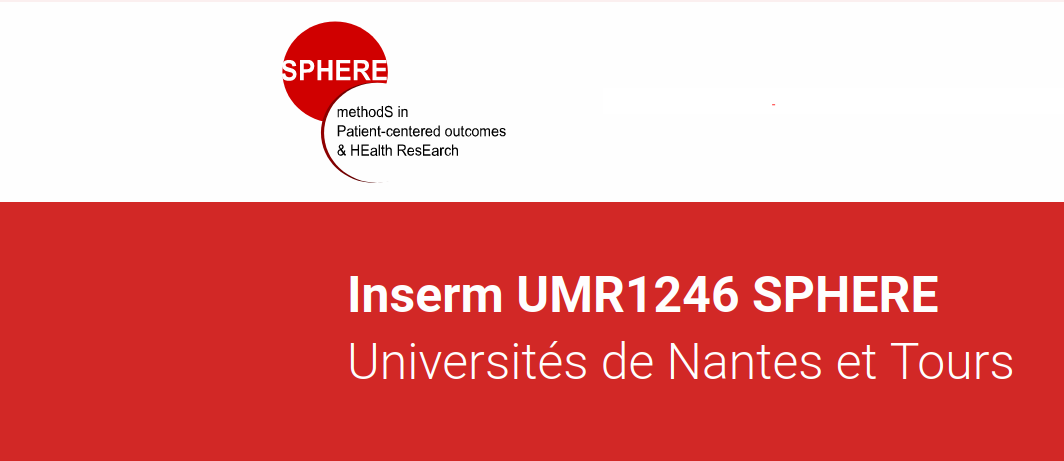Modeling Early Gambling Behavior Using Indicators from Online Lottery Gambling Tracking Data: Longitudinal Analysis
Résumé
BACKGROUND: Internet gamblers may be at risk for excessive gambling, but internet gambling also provides a unique opportunity to monitor gambling behavior in real environments and intervene early with those who encounter difficulties. OBJECTIVE: The objective of the present study was to model the early gambling trajectories of online lottery gamblers during the first months after the creation of their accounts. METHODS: Anonymized gambling-related records from 1,152 clients of the French national lottery operator who created their Internet gambling accounts between September 2015 and February 2016 were analyzed using a two-step approach combining growth mixture modeling and latent class analysis. The analysis was based on behavioral markers of the raw gambling activity (money wagered, number of gambling days) and the potential for gambling problems (breadth involvement and chasing). The obtained profiles were described based on the probabilities of following the trajectories identified for the four indicators, and on various covariates (age, sex, deposits, type of lotteries, etc.). More specifically, net losses, voluntary self-exclusion and Playscan status (a Responsible Gambling tool that provides each gambler with a risk assessment: green for low risk, orange for medium risk and red for high risk) were used as external verification of problem gambling. RESULTS: We identified 5 distinct profiles of online lottery gamblers. Classes 1 (57%), 2 (15%) and 3 (14%) were characterized by low to medium gambling activity and low levels of problem gambling markers. They displayed low levels of net losses, no recourse to the voluntary self-exclusion measure and predominantly green tags (90%-98%) within the Playscan classification. Class 4 (10%) was characterized by medium to high gambling activity, a diversification of games played (1 to 6) and zero to few chasing episodes. They displayed a high level of net losses, but were predominantly tagged as green (66%) or orange (25%) in the Playscan classification and did not use the voluntary self-exclusion measure. Finally, class 5 (5%) was characterized by a medium to very high gambling activity, a higher diversification of games played (up to 17) and a high number of chasing episodes (0-5). They experienced the highest net losses, far beyond the losses of the other classes, the highest proportion of orange (32%) and red (39%) tags within the Playscan classification, and represented the only class in which voluntary self-exclusion was present. CONCLUSIONS: The first three classes may be considered recreational gamblers. The fourth class had a higher gambling activity and breadth involvement and may represent gamblers at risk for future gambling problems. The last class stood out in terms of a much higher gambling activity and breadth involvement and the presence of chasing behavior. The last two classes may benefit from early preventive measures. CLINICALTRIAL: ClinicalTrials.gov NCT02415296.
Domaines
Sciences du Vivant [q-bio]
Origine : Fichiers éditeurs autorisés sur une archive ouverte
